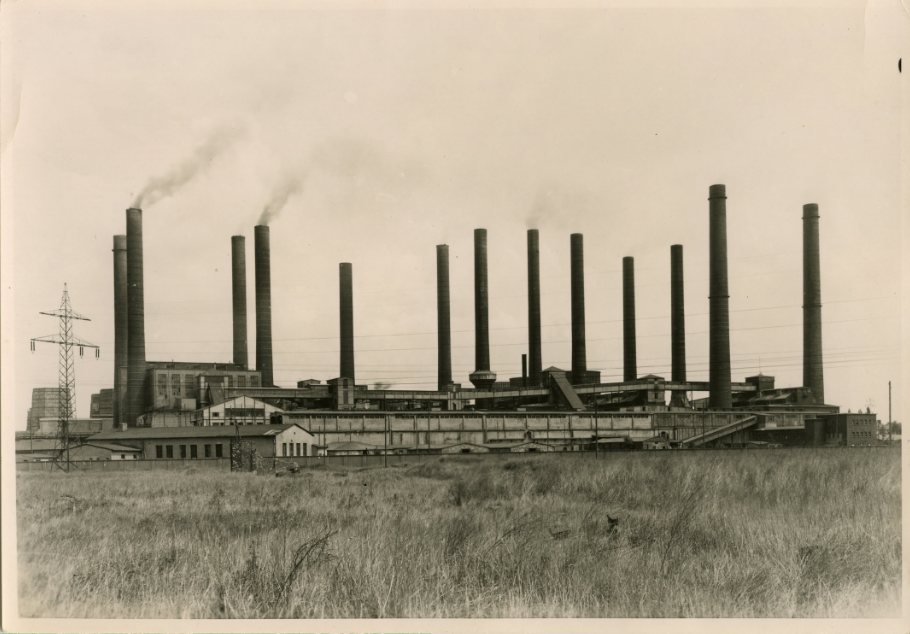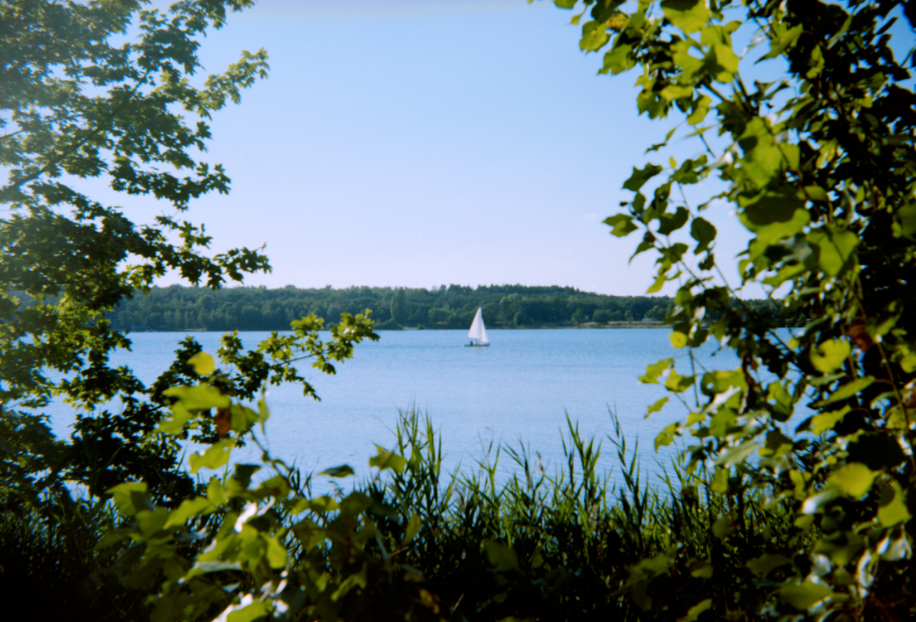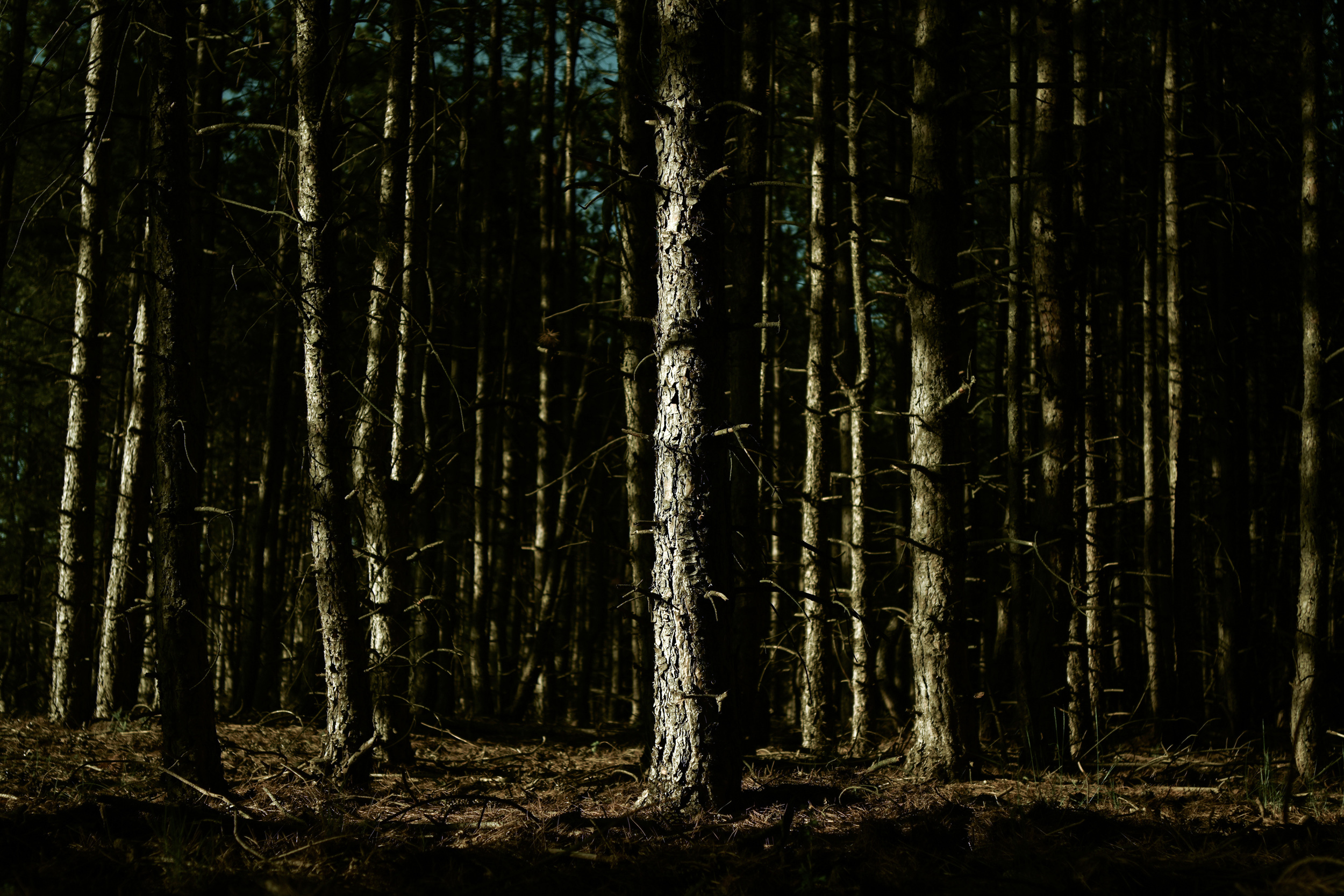
Artist-in-Residence
With the programme ‘Passage’, the Kultur- und Kunstverein Kemberg e.V. (Kemberg Culture and Art Association) and Polygona Kunstverein e.V. (Polygona Art Association) would like to facilitate temporary working residencies for artists from the fields of photography and film who approach the Dübener Heide in their work on site – a region that is characterised by extensive changes. There are two residency places available for each year, with one residency awarded to a female artist who is also a mother. The ‘Passage’ programme is a space to grant artists the opportunity to explore the diverse region of the Dübener Heide. The artists can use the stay for research or work in a results-oriented way. In this way, the programme aims to stimulate engagement with current topics of structural change in the Dübener Heide region and beyond. Describable as an Artist-in-Residence (AiR) format, it represents a novelty in artistic interaction for the Dübener Heide region.
Procedure
It is planned to carry out a total of eight Artist-in-Residence stays in the period from 2021 to 2024. The duration of one stay is 4 weeks. During this period, the artists will live and work in the Dübener Heide region. There is an obligation to be present.
These artists were Artist-in-Residence:
2021 – Laura Pannack & Bert Villa
2022 – Daniel Mebarek & Mika Sperling
2023 – Chrystel Lebas & Sara Perovic
2023 – ‘Passage Shorts’: Benedetta Ristori & Laura Pannack
Since the Kultur- und Kunstverein Kemberg e.V. (Kemberg Culture and Art Association) and Polygona Kunstverein e.V. (Polygona Art Association) would like to especially promote exchange between children/young people and established artists, participation in the residency is tied to the implementation of a 2-day workshop for young people. The form, content and scope of the workshop are freely selectable. Welcoming artists to the Dübener Heide as part of the ‘Passage’ AiR programme also means sharing our curiosity about the guests with residents of the region. We value cultural exchanges of experience and hope that the artists will offer insights into their work to date to a public audience in the context of an artist talk.

Dübener Heide
The Dübener Heide is geographically located north of Leipzig, south of Berlin, between the rivers Mulde in the west and Elbe in the east. It extends the borders of the federal states of Saxony-Anhalt and Saxony. The region covers 770 km² of woodlands and forms one of the largest contiguous forest areas in eastern Germany. The landscape is characterised by mixed forests, areas used for agriculture and forestry, open corridors and smaller villages. For the Leipzig/Halle area, the Dübener Heide represents one of the largest local recreation areas.

Structural Change
In recent decades, the landscape of the Dübener Heide has increasingly changed. The visible consequences of coal mining in large open-cast mines on the western edge of the area have contributed significantly to this. The rise and fall of various industries in the Bitterfeld chemical site, including the film industry in Wolfen, must always be seen in the context of the Dübener Heide region. These was not only a supplier of coal for energy production; workers who lived locally or sought local recreation also shaped the development of the industrial region on the edge of the Dübener Heide. Today, a post-industrial, renaturalised nature characterises the landscape of the western edge of the region. On the other hand, the years of low precipitation in 2018, 2019 and 2022 led to a loss of pine and beech forest stands and left a visible change in the character of the forest areas in the Dübener Heide.







